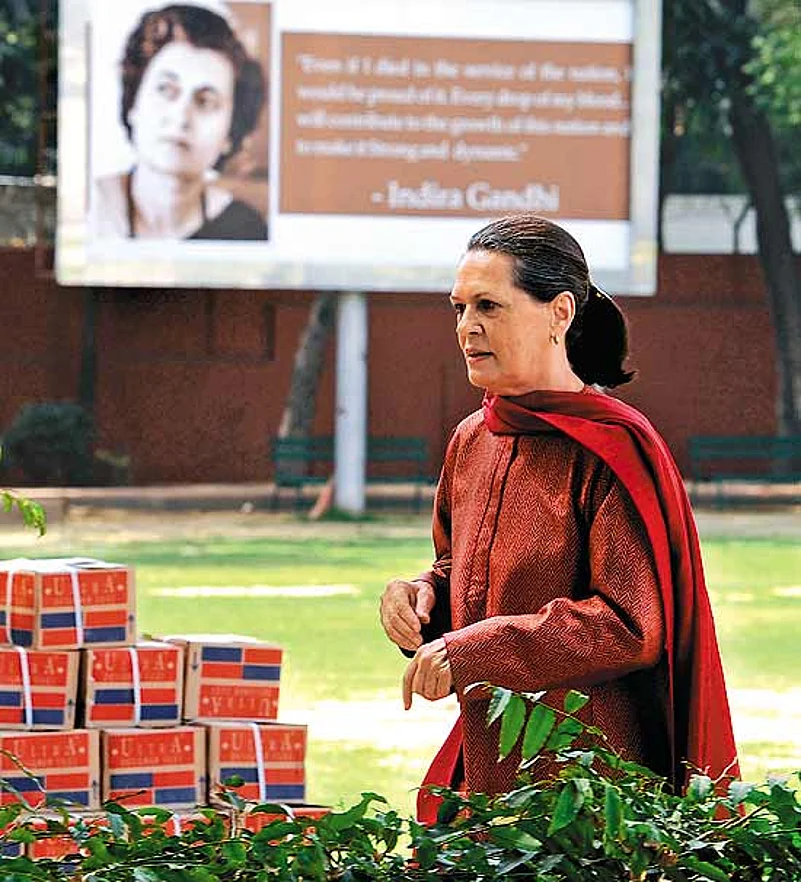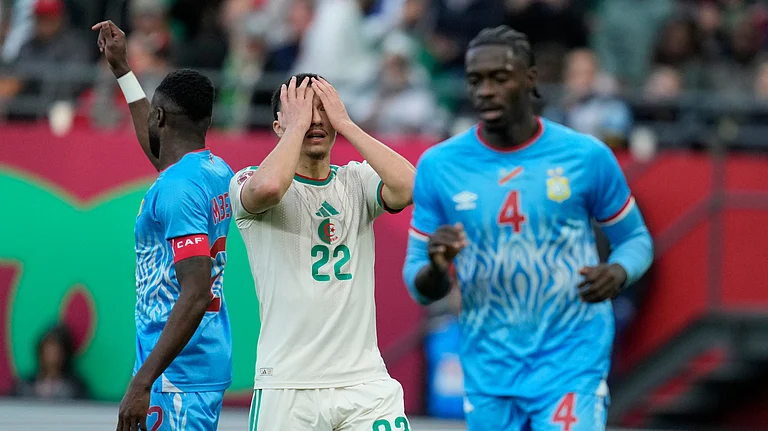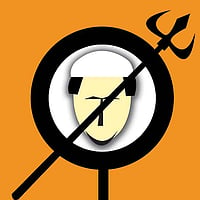The din has died down on a long-drawn, tiring contest; the victor relishes his triumph, the loser licks his wounds in silence. The sun has set, temporarily, on some parties and their leaders—but really just for a long night. Despite setbacks, all parties prepare to fight for another day, taking on new challenges. But how do parties go about doing that? How does the aam aadmi look at the continuing political melodrama? To understand the ramifications, one has to distance oneself from the perspective of the moment, and look at the verdict with a magnifying glass. We can then peep into the future with a periscope.
1. Was this the ‘Big One’ or the first semi-final?
For once, let’s forget the hype surrounding this round of assembly elections. Imagine an analysis of the next Lok Sabha, whenever they are held—in 2014 or earlier. In that assessment, how prominently would this verdict be factored in?
If this is difficult to visualise, rewind to the days after the astounding verdict of 2009. Did Mayawati’s spectacular victory in 2007 play a role then, or was it overshadowed by the impressive performance of the Congress in Uttar Pradesh in the Lok Sabha polls? Similarly, in hindsight, will this round still resemble a semi-final as it has generally been pitched? In any case, semi-finals are held in pairs and between now and the next parliamentary poll, assembly elections are due in several states—Gujarat and Himachal Pradesh by the end of this year and in Madhya Pradesh, Rajasthan and Delhi, among others—by the end of 2013. India is a land of serial elections; we are perennially either preparing for a poll or in the throes of one or still debating the verdict of the last round. It always makes sense to delineate one round from another, one state from another, one constituency from another—keeping in mind that verdicts in India are sum totals of many micro-verdicts.

Losing Colours Nitin Gadkari at a ‘Holi Milan’ in Delhi, March 6. (Photograph by Tribhuvan Tiwari)
2. The Big Two
Leaders of the Congress and BJP ended up eating humble pie despite being on winning sides in at least two states each. Let there be no doubts—the real battle was for Uttar Pradesh; the others, though significant, were side-shows. No, Akhilesh Yadav is not the rising son of India, maybe just UP. And Rahul Gandhi, though smarting under a humiliation, has not reached the end of the road. The BJP has more work to do, more ground to recover. Unlike the Congress, it has to begin by ironing out internal differences. Its leadership cannot stay away from Gujarat but what would they do if Narendra Modi—despite being one of BJP’s top crowd-pullers, he did not campaign in UP—repays them with same reluctant posture they’d adopted? Beyond that, the party needs clarity on its mascots. Statements like “we have 55 CM aspirants” confuse voters and make them look elsewhere. Rahul’s fatal error was also in not projecting a CM candidate. This poll was about a CM, not PM. The Lok Sabha poll will be different—unless Rahul loses heart, or there are unexpected developments in the Congress.
3. Mulayam as kingmaker
Other regional satraps, who have begun to act in concert on policy issues (though not quite a formalised front as yet), will find a new centre of gravity in Mulayam Singh Yadav. The SP becomes the largest regional force—225 MLAs, 22 Lok Sabha members and five in Rajya Sabha—the latter number likely to increase after biennial polls for 10 RS seats in UP are held on March 30. For starters, it is a huge vote-value that will be factored in during the presidential and vice-presidential polls later this year. What about ties with the UPA government? Akhilesh let the cat out of the bag: “Victories and defeats are part of elections—this time it was our turn to win.” Don’t you spot a note of reconciliation? After all, he could have said: “Rahul needs to pack up and return to his citadel”. Moreover, any government at the Centre—more so the UPA—needs either Mayawati or Mulayam Singh’s support. In the long run, Yadav could also become the fulcrum of a non-Congress, non-BJP national political front with designs on Delhi, but such a coagulation would only begin as parliamentary polls approach.

Grin and... Mayawati after submitting her resignation. (Photograph by Nirala Tripathi)
4. Dark days for Mayawati?
There are no full stops in politics; political careers only have commas. Behenji’s core vote base is still with her and she has retained almost 26 per cent of the total vote. But there are issues to ponder—a significant one being that the bsp’s electoral decline began with the 2009 LS polls. That, ironically, was preceded by the phase when Mayawati delivered on two most important governance issues in UP: law and order and power. Does this mean that governance also figures at two levels—state and Centre? She lost out because she allowed hubris, so nakedly embodied by statues of herself, to override governance. The Yadav father and son need to keep this in mind and try reshaping their past mould, for their own personal traits don’t differ much from Behenji’s.
5. No real takers for splitting UP
In October last year, Mayawati attempted a headstart in the campaign by initiating the process of splitting UP into four new states. The move was criticised by others. The strategy backfired—evident by its absence as an electoral issue. That it failed to influence voters is proven by the fact that the four main parties met with success or failure uniformly across the state. Only the RLD had a limited pocket of influence, underlining its sub-regional base. Does this mean that the UP verdict spells the end of demands for smaller states? Surely not, but it suggests that such demands cannot get popular support without adequate groundwork. UP, in its present shape, has existed for over a century, either as a state or as the United Provinces in colonial India. Have regional identities got somewhat subsumed into a larger whole during this period? This entity was bolstered by the old political axiom that the party that rules UP also rules India, which was put to rest after the verdict of 1991. But after UP has given a clear majority to a single party in two consecutive polls, the truism will surely resurface. However, till the time national parties do not stage a comeback, this is unlikely to become a trend. A regional chieftain from UP becoming PM at the head of a coalition may be at best a one-off event for now.
6. Lessons from Punjab
The Akali Dal is the BJP’s oldest ally—a relationship that dates to the 13-day government of 1996. Both in 2007 and this time, the Congress polled more votes than the SAD. The votes that the BJP garners from the urban centres are what made the difference. The Congress had expected the anti-incumbency factor and damage to the SAD-BJP combine from the ‘other’ Badal to steer it into the state secretariat. The fine print of the verdict has still to be analysed, but Punjab was one state where the Congress appears to have paid for its lethargy and the erosion in its credibility since 2010 due to one national scam after another. Between now and the next round, SAD has to bring about a generational change. Time will tell if this would be a conscious choice or a forced change of guard. Unfortunately, Indians—except for those in business—do not believe in passing the baton.
7. Was there an Anna effect?
Votes in the assembly polls were cast primarily with development and performance issues in mind, with such things as healthcare, electricity, communication etc—more than caste and ethnic loyalties—seen as an inalienable right by the masses. But somewhere in the back of their minds, corruption remained an issue—maybe more in urban constituencies. In the absence of empirical data, it is difficult to go beyond conjectures on why the Anna factor did not come into play in a big way. Was it because of the strategic errors of Team Anna in December last, or the inherent limits of a plank built solely on the anti-graft sentiment? Or the limits of middle-class activism? Probably a mixture of all these causes.
8. Impact on Centre, future polls
Most believe that since 2010 the UPA has run a lame-duck government. This verdict will make it more difficult to get out of the quagmire. Allies would be even more demanding and difficult, while an emboldened opposition will attack with greater confidence. The Congress will have to opt for greater political consultation with others—something mostly eschewed in UPA-II. In all likelihood, policy decisions on economic reforms will slacken. Courts will continue playing quasi-political roles. As far as the major impending assembly polls are concerned, most would be bipolar slugfests between the Congress and the BJP. What about the next Big One? Once again, it will be about forging the right alliances. But to understand that picture, it is too early to take out the crystal balls.

























